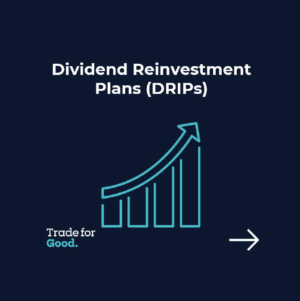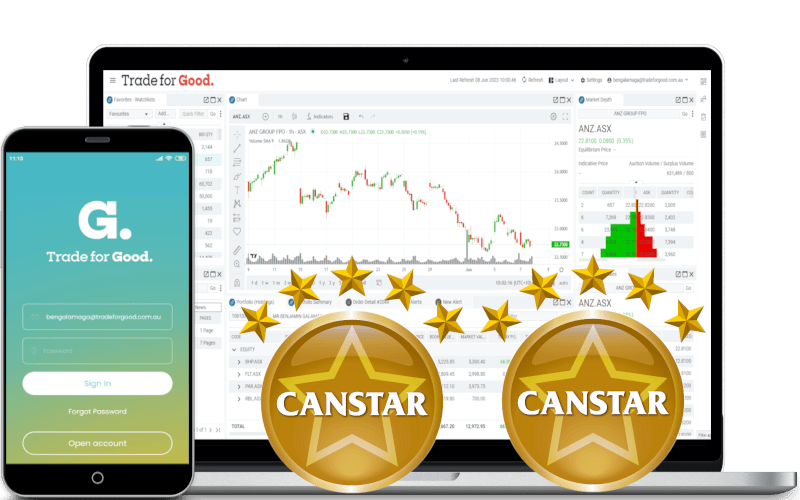
What Is a Dividend Reinvestment Plan (DRIP)?
A dividend reinvestment plan (DRIP) is a program that enables investors to reinvest their cash dividends into additional shares of the underlying stock.
Most DRIPs allow investors to purchase shares commission-free or for a nominal fee, often at a significant discount to the current share price.

Key Takeaways
- A DRIP uses the proceeds generated from dividends to purchase more shares of the company.
- Investors can buy shares commission-free or at a nominal fee, often at a discounted rate compared to the current share price.
- DRIPs are taxed as ordinary dividends, even though they are used to purchase shares.
- These benefits allow investors to compound their returns over time by accumulating more shares.

There are several advantages to purchasing shares through a DRIP.
Advantages for the Investor:
- Shareholders can accumulate more shares without paying a commission.
- Many companies offer shares at a discount ranging from 1% to 10% off the current share price.
Advantages for the Company:
Dividend-paying companies benefit from DRIPs in a couple of ways:
- They receive more capital.
- Shareholders who participate are less likely to sell.

Real-World Example of a DRIP
Many major ASX-listed companies offer DRIPs, including BHP (ASX: BHP).
For instance, if you had purchased $10,000 of BHP stock in July 2003 and reinvested dividends at an average rate of 8% per year, your investment would now be worth $49,268.

You can download the offline guide here Dividend Reinvestment Plan Guide

What you learn here has been used in our Trade for Good software.
Click on the button to find our software education videos.
You can read more of our educational articles in the Trade for Good Learn section
Trade for Good Learn



